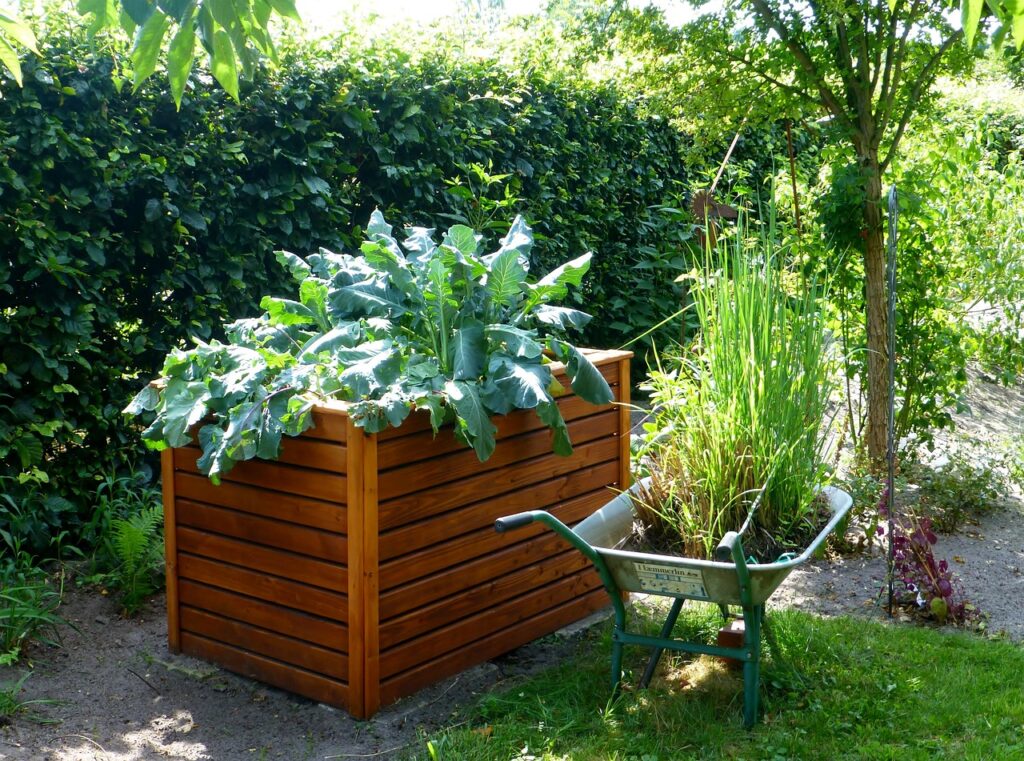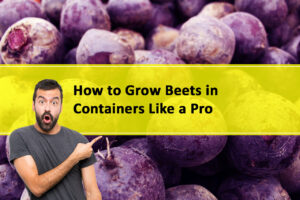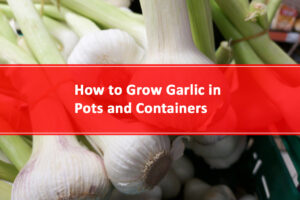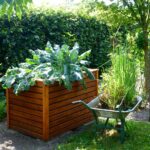Beautiful Plants For Your Interior
How to Use a Keter Elevated Garden Bed

If you’re a gardening enthusiast with limited space or mobility challenges, a Keter elevated garden bed can be the perfect solution. These innovative and practical garden beds offer a raised planting area that eliminates the need for bending or kneeling, making gardening tasks more accessible and enjoyable.
Whether you’re a beginner or an experienced gardener, learning how to use a Keter elevated garden bed effectively is key to creating a thriving garden in your own backyard. Keter elevated garden beds are a great way to start gardening, even if you don’t have a lot of space. They’re also a great option for people who have back problems or other physical limitations that make it difficult to bend over and garden in traditional raised beds.
We’ll explain how to use a Keter elevated garden bed in this guide. Everything from selecting the ideal bed to planting your seeds and vegetables will be covered.
Benefits of using a Keter elevated garden bed
Elevated garden beds are a popular choice for gardening enthusiasts, and Keter elevated garden beds offer several advantages over traditional ground-level gardens. Here are some key benefits of using a Keter elevated garden bed:
- Accessibility: The elevated design of these beds eliminates the need for bending or kneeling, making gardening tasks more comfortable, especially for those with limited mobility.
- Improved Drainage: The raised design facilitates better drainage, preventing waterlogging and ensuring healthier plants.
- Better Soil Quality: By using a mix of high-quality soil, compost, and organic matter, you can create optimal growing conditions for your plants, promoting their growth and productivity.
- Pest Control: Elevated garden beds are less susceptible to pests and weeds, making it easier to maintain a healthy garden.
How to Use a Keter Elevated Garden Bed
Elevated garden beds are an excellent solution for gardening enthusiasts with limited space or mobility challenges. Keter, a renowned brand in outdoor furniture and storage solutions, offers a range of high-quality elevated garden beds. Here are the essential steps to help you create a thriving garden in your own backyard.
1. Choosing the Right Keter Elevated Garden Bed
There are a few things to keep in mind when choosing a Keter elevated garden bed.
- Size: How much space do you have available? Keter elevated garden beds come in a variety of sizes, so you can find one that fits your needs.
- Material: Keter elevated garden beds are made from durable materials, such as polypropylene or resin. This means they can withstand the elements and last for years.
- Features: Some Keter elevated garden beds have features that make gardening easier, such as self-watering systems or drainage holes.
Once you’ve chosen the right Keter elevated garden bed, it’s time to get started planting!
2. Preparing Your Keter Elevated Garden Bed
Before you start planting, you’ll need to prepare your Keter elevated garden bed.
- Remove the packaging: Remove the packaging from your Keter elevated garden bed and set it aside.
- Level the bed: Make sure the bed is level so that your plants have a good chance of growing evenly.
- Add soil: Fill the bed with high-quality potting soil.
- Add compost: Add a layer of compost to the soil to improve drainage and add nutrients.
- Water the soil: Water the soil thoroughly to help it settle.
Now your Keter elevated garden bed is ready for planting!
3. Planting Your Keter Elevated Garden Bed
Once your Keter elevated garden bed is prepared, it’s time to start planting.
- Choose your plants: Choose plants that are suited to your climate and growing conditions.
- Plant your seeds or seedlings: Plant your seeds or seedlings according to the instructions on the package.
- Water your plants: Water your plants regularly, especially during hot, dry weather.
- Fertilize your plants: Fertilize your plants every few weeks with a balanced fertilizer.
- Protect your plants from pests and diseases: Keep an eye out for pests and diseases and take steps to control them.
With a little care and attention, your Keter elevated garden bed will be filled with beautiful plants in no time!
4. Troubleshooting
If you’re having trouble with your Keter elevated garden bed, here are a few troubleshooting tips:
- Watering: If your plants are wilting or looking dry, it’s likely that they need more water. Water them deeply and regularly.
- Soil quality: If your plants are not growing well, it’s possible that the soil quality is not good. Add compost or other amendments to improve the soil quality.
- Pests and diseases: If you see any pests or diseases on your plants, take steps to control them. There are a variety of pesticides and fungicides available.
With a little care and attention, your Keter elevated garden bed will be a source of fresh, healthy produce for years to come!
Final Words on How to Use a Keter Elevated Garden Bed
In conclusion, knowing how to use a Keter elevated garden bed can transform your gardening experience and bring a host of benefits to your outdoor space. By following the assembly instructions, preparing the soil, and implementing proper watering, fertilization, and maintenance practices, you can create a flourishing garden right in your backyard.
The accessibility of a Keter elevated garden bed eliminates the physical strain associated with traditional gardening, making it easier for everyone to enjoy the pleasures of planting and tending to their green oasis. The improved soil quality and drainage in these beds provide an optimal growing environment for your plants, resulting in healthier growth and increased yields.







